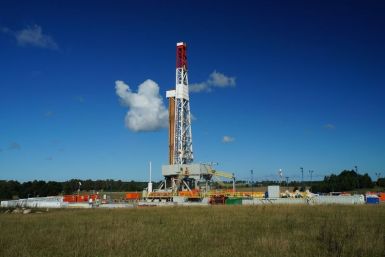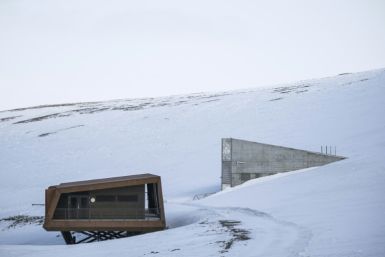Housing: NAB Sees Prices Down, But Not All Gloom
While the headline in the latest National Australian Bank Residential Property Index was gloomy with a 14 point drop reported for the September quarter (and for the second quarterly fall in a row), the detail of the report revealed a case for a bit more optimism.
The fall followed a drop of five points in the June index and clearly the fall in prices accelerated in the latest quarter.
Victoria and Queensland are the worst states at the moment and looking out into 2012, while NSW and Western Australia are probably to most confident
But rather than a uniform fall, the NAB said there was considerable variation between states and parts of markets.
And investors are not as active and the NAB says owner occupiers are becoming more important, especially in the new home market.
"NSW and WA bucked the national trend and managed to produce small index gains.
"Forward expectations have also weakened relative to our last survey with the national index expected to be softer on the back of weaker house price expectations in Victoria and a more subdued outlook for rents in all states, bar NSW."
"Modest house price growth is expected to resume in NSW (0.1%), SA/NT (0.3%) and WA (1.5%), but the national average will be dragged down by a significant downward revision in house price expectations in Victoria (-3.2%) and continued weakness in Queensland (-1.7%).
"National house prices are expected to recover by September 2013, with modest growth of 0.5%.
"WA is expected to significantly out-perform (3.4%) the national average, while Victoria is the only state expected to record negative price growth (-2.1%)."
While the price weakness was evident, the NAB sees prices firming in 2012 thanks to the continuing under supply of housing, low unemployment and solid demand.
In fact the NAB believes many home buyers and others in the sector are unduly pessimistic at the moment.
"A structural shortage of housing remains nationally, commencements are down, interest rates are expected to stay on hold for some time and the unemployment rate is low, contributing to high job security.
"These factors are expected to maintain a floor under house price growth, which we see resuming at below 4% in 2012 after drifting down in 2011," the bank said yesterday.
Respondents to the survey said access to credit was identified as the biggest impediment to buying a property and NAB chief economist Alan Oster said housing affordability replaced rising interest rates as the next biggest constraint on new property developments in the September quarter.
"Our survey also shows that only 20 per cent of respondents now expect interest rates to be higher over the next 12 months, compared with 71 per cent in our June survey," he said.
"NSW was the most pessimistic state with regard to interest rates, possibly reflecting the fact that the average home loan size in NSW is also the largest among the states."
Mr Oster said "Inner city houses remain the only property type where demand is considered to be good, but only marginally," he said.
"The most notable deterioration in demand was identified in middle-/outer- ring high-rise properties."
And he said there was demand for sub-$500,000 homes.
The NAB said Victoria recorded the biggest fall in prices (-3.8%), with "the market influenced by increasing levels of buyer caution amid concerns about over-supply and housing affordability.
"House price declines above the national average were also evident in Queensland (-3.2%) and SA/NT (-2.9%), with lesser falls seen in NSW (-1.1%) and WA (-0.8%).
"Nationwide house prices are expected to remain subdued in the near-term and fall by a further -1% over the next 12 months.
But the NAB sees prices recovering by September, 2013.
The NAB survey said house rents increased 0.7% per cent in the September quarter, down from the 1.3% rise in the June quarter.
And to emphasise the current weakness, figures out yesterday show that new home sales are running around decade lows, but the situation is not as bad as it was in August.
According to a survey released by the Housing Industry Association, the total number of new homes sold in August rose by 1.1% across the country to 6,497.
This follows an eight per cent fall in July to 6,428, the lowest level of new home sales since December 2000.
Detached house sales increased by 1.5% in the month of August but were down by 15% over the quarter.
Sales of multi-units fell by 2.2% in the month.
The improvement in the volume of detached house sales reflected a rise of 9.8% in sales in Queensland and a 3% increase in Victoria, Dr Dale said.
The Queensland government has started its building boost grant in August and this lifted sales in that state.
Copyright Australasian Investment Review.
AIR publishes a weekly magazine. Subscriptions are free at www.aireview.com.au






